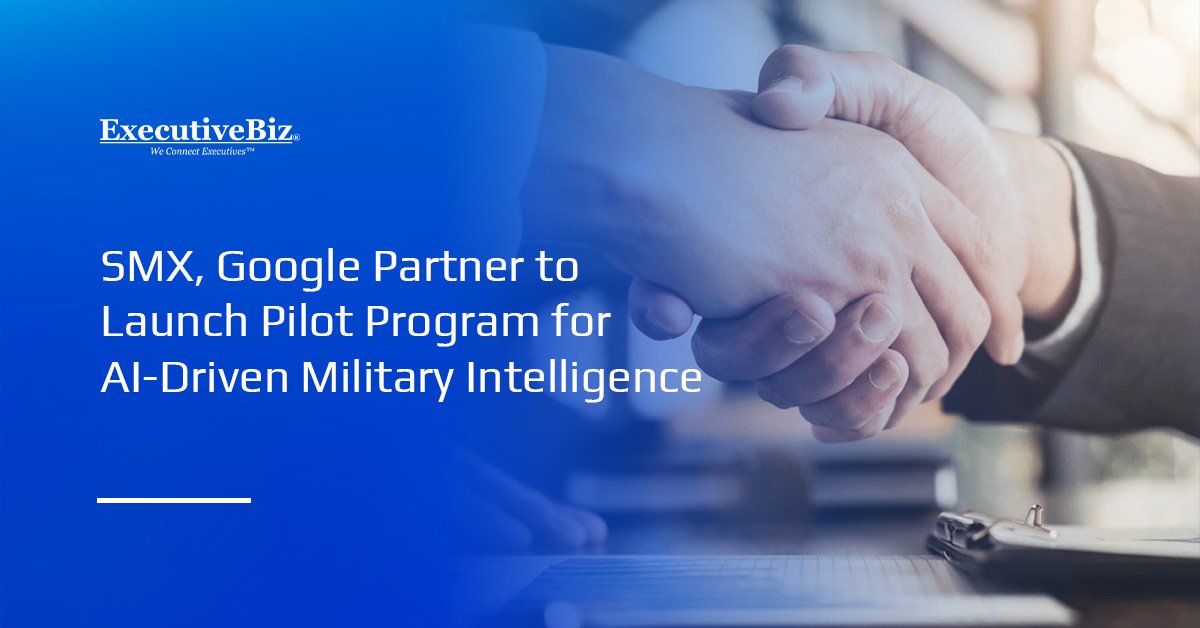State and local governments are experimenting with artificial intelligence but lack systematic approaches to scale these efforts effectively and integrate AI into government operations. Instead, efforts have been piecemeal and slow, leaving many practitioners struggling to keep up with the ever-evolving uses of AI for transforming governance and policy implementation.
While some state and local governments are leading in implementing the technology, AI adoption remains fragmented. Last year, some 150 state bills were considered relating to the government use of AI, governors in 10 states issued executive orders supporting the study of AI for use in government operations, and 10 legislatures tasked agencies with capturing comprehensive inventories.
Taking advantage of the opportunity presented by AI is critical as decision-makers face an increasing slate of challenging implementation problems and as technology quickly evolves and develops new capabilities. The use of AI is not without risks. Developing and adapting the necessary checks and guidance is critical but can be challenging for such dynamic technologies. Shifting from seeing AI as merely a technical capability to considering what AI technology should be asked to do can help state and local governments think more creatively and strategically. Here are some of the benefits governments are already exploring:
Administrative efficiency: Half of all states are using AI chatbots to reduce administrative burden and free staff for substantive and creative work. The Indiana General Assembly uses chatbots to answer questions about regulations and statutes. Austin, Texas, streamlines residential construction permitting with AI, while Vermont’s transportation agency inventories road signs and assesses pavement quality.
Research synthesis: AI tools help policymakers quickly access evolving best practices and evidence-based approaches. Overton’s AI platform, for example, allows policymakers to identify how existing evidence aligns with priority areas, compare policy approaches across states and nations, and match with relevant researchers and projects.
Implementation monitoring: AI fills critical gaps in program evaluation without major new investments. California’s transportation department analyzes traffic patterns to optimize highway safety and inform infrastructure investments.
Predictive modeling: AI-enabled models help test assumptions about which interventions will succeed. These models use features such as organizational characteristics, physical and contextual factors, and historical implementation data to predict success of policy interventions, and their outputs can help tailor interventions and improve outcomes and success. Applications include targeting health interventions to patients with modifiable risk factors, identifying lead service lines in municipal water systems, predicting flood response needs and flagging households at eviction risk.
Scaling up to wider adoption in policy and practice requires proactive steps by state and local governments and attendant guidance, monitoring and evaluation:
Adaptive policy framework: AI adoption often outpaces planning, and the definition of AI is often specific to its application. States need to define AI applications by sector (health, transportation, etc.) and develop adaptive operating strategies to guide and assess its impact. Thirty states have some guidance, but comprehensive approaches require clear definitions and inventories of current use.
Funding strategies: Policymakers must identify and leverage funding streams to cover the costs of procurement and training. Federal grants like the State and Local Cybersecurity Grant Program offer potential, though current authorization expires this Sept. 30. Massachusetts’ FutureTech Act exemplifies direct state investment, authorizing $1.23 billion for IT capital projects including AI.
Smart procurement: Effective AI procurement requires partnerships with vendors and suppliers and between chief information officers and procurement specialists. Contracts must ensure ethical use, performance monitoring and continuous improvement, but few states have procurement language related to AI. Speed matters — AI purchases risk obsolescence during lengthy procurement cycles.
Training and workforce development: Both current and future state and local government workforces need AI skills. Solutions include AI training academies and literacy programs for government workers, joint training programs between professional associations, and the General Services Administration’s AI Community of Practice‘s events and training. The Partnership for Public Service has recently opened up its AI Government Leadership program to state and local policymakers. Universities including Stanford and Michigan offer specialized programs for policymakers. Graduate programs in public policy, administration and law should incorporate AI governance tracks.
State AI policy development involves governor’s offices, chief information offices, security offices and legislatures. But success requires moving beyond pilot projects to systematic implementation. Governments that embrace this transition will be best positioned for future challenges. The opportunity exists now to set standards for AI-enabled governance, but it requires proactive steps in policy development, funding, procurement, workforce development and safeguards.
Joie Acosta is a senior behavioral scientist and the Global Scholar in Translation at RAND, a nonprofit, nonpartisan research institute. Sara Hughes is a senior policy researcher and the Global Scholar of Implementation at RAND and a professor of policy analysis at the RAND School of Public Policy.
Governing’s opinion columns reflect the views of their authors and not necessarily those of Governing’s editors or management.























